Autonomous and Connected Systems PEI: Faculty accomplishments
National Centers and Funding
Purdue part of NSF-funded Engineering Research Center to advance electrified transportation

The National Science Foundation (NSF) has chosen Purdue University to participate in a new Engineering Research Center dedicated to advancing sustainable, electrified transportation. Konstantina “Nadia” Gkritza is serving as campus director for the center, called ASPIRE (Advancing Sustainability through Powered Infrastructure for Roadway Electrification).
This is a multi-university, public-private collaboration, led by Utah State University (USU), which received a five-year, $26M NSF grant, renewable to 10 years and $50.6M. The grant established an Engineering Research Center (ERC) focused on developing new infrastructure that facilitates widespread adoption of electric vehicles. Read the full story.
Purdue collaborates with NSF on Internet of Things for precision agriculture

IoT4Ag (Internet of Things for Precision Agriculture) is a new Engineering Research Center (ERC) and the result of a five-year, $26M NSF grant dedicated to addressing food, energy and water security challenges.
David Cappelleri is serving as co-principal investigator, site director and Workforce Development co-lead. Other Purdue team members are Dennis Buckmaster, Agricultural Response lead; James Krogmeier, Convergence co-lead; David Love, Communication and Energy Systems co-lead; and Tony Vyn, Agricultural Test-beds co-lead. The center is headquartered at the University of Pennsylvania’s School of Engineering and Applied Science and combines the talents of more than two dozen researchers with Penn Engineering, Purdue Engineering, University of California Merced, and the University of Florida. Read the full story.
Purdue researchers working with Abu Dhabi on cybersecurity of drones

Inseok Hwang is the principal investigator for a three-year, $2.3M UAV security project. His team has been tasked with making sure drones and their systems could operate securely, safely and efficiently in the United Arab Emirates capital.
The project requires expertise in autonomous vehicles, control, sensing, virtual reality and security. Researchers will utilize one of Purdue’s unrivaled assets, the UAS Research and Test Facility, which is 20,000 square feet, 35-feet high, and located at Hangar 4 of the Purdue University Airport. It features the largest indoor motion capture system in the world and offers unique capabilities for novel research. Hwang is developing a mathematical model to use the control theoretical solution approach, assessing potential cyberattacks on the systems and working to design a controller in such a way that the system becomes more resilient to attacks. Read the full story.
Purdue team named semifinalist in DOT’s Inclusive Design Challenge

Brad Duerstock and Brandon Pitts cleared the first hurdle in the multi-stage Inclusive Design Challenge, which is aimed at improving transportation access to persons with disabilities and individuals with mobility challenges.
The professors were awarded $300,000 and allotted 18 months to develop their proposed ideas into prototypes. Their goal is to develop the Efficient, Accessible and Safe Interaction in a Real Integrated Design Environment for Riders with disabilities (EASI RIDER). Read the full story.
AAE professors part of multi-university team selected for NASA ULI grant
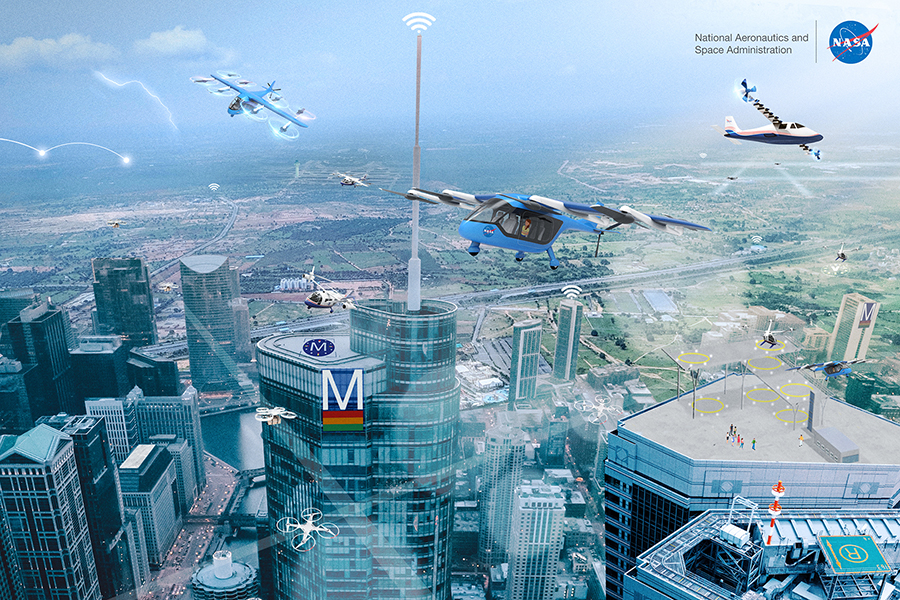
Karen Marais and Dengfeng Sun will help develop a theory and concept of operations that could be used by the Advanced Air Mobility community as part of NASA’s University Leadership Initiative (ULI).
The four-year, $8M grant includes researchers from Purdue, MIT, Morgan State University and Cavan Solutions. The team will develop methods that could be used to validate the cost and scalability of conceptual autonomous cargo operations for all types of vehicles, from large unmanned cargo aircraft crossing the United States, to the single drone that can drop a package in residential neighborhoods. Read the full story.
New models sense human trust in smart machines
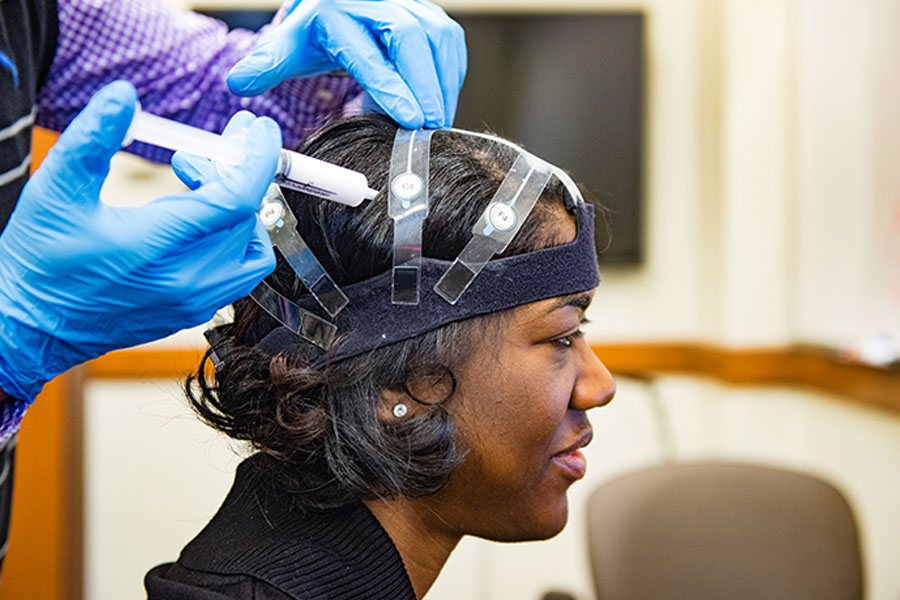
ME’s Neera Jain and Tahira Reid have developed new models for intelligent machines capable of changing their behavior to enhance human trust in them. The models use two techniques that provide data to gauge trust: electroencephalography and galvanic skin response.
This is the first time EEG measurements have been used to gauge trust in real time or without delay. The research is funded by the National Science Foundation. Jain and Reid have published several papers since the work began in 2015. Read the full story.
ECE researchers receive award from National Spectrum Consortium
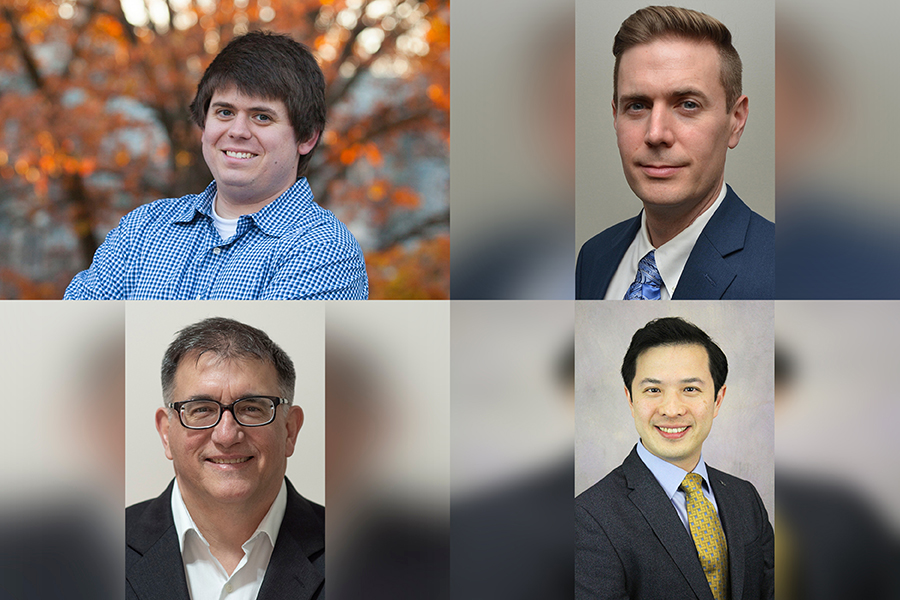
Christopher Brinton, David Love, Jim Krogmeier and Chih-Chun Wang were recognized for their project titled, “DSARC: 5G Dynamic Spectrum Access and Radar Coexistence,” which is a roughly $8M effort over the course of three years.
The goal of the project is to promote coexistence between emerging 5G wireless networks and legacy airborne radar systems, which share certain frequency bands and can cause interference to one another. This issue has been identified as a critical national need. Read the full story.
Recent Research
See the most recent ACS News on their website.
Agile underwater glider could quietly survey the seas
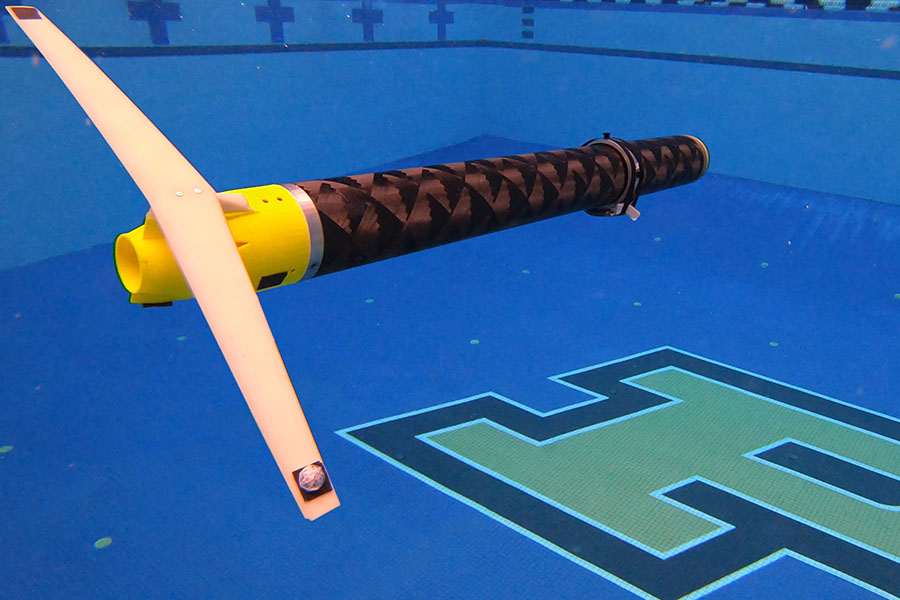
Nina Mahmoudian has developed an agile vehicle called ROUGHIE (Research Oriented Underwater Glider for Hands on Investigative Engineering). Shaped like a torpedo, ROUGHIE is about 4 feet long and features no outward propulsion or control surfaces other than a static rear wing.
This underwater glider has a turning radius of only about 10 feet, compared to an approximately 33-foot turn radius of other gliders. Its maneuverability means that it is able to follow complex paths and can explore real-world areas other underwater gliders cannot. Read the full story.
All-terrain microrobot flips through a live colon
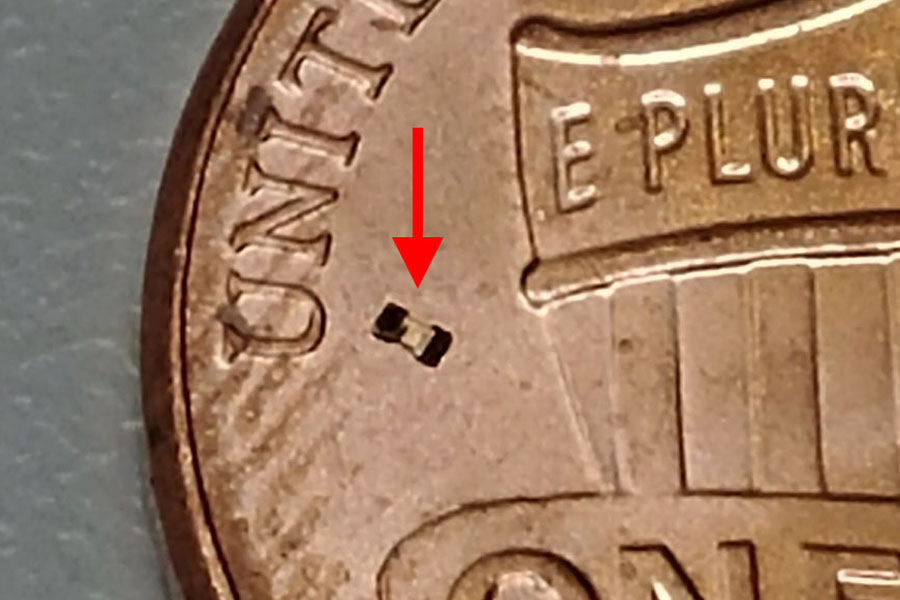
David Cappelleri, Luis Solorio and Craig Goergen worked together to demonstrate that a rectangular robot as tiny as a few human hairs can travel throughout a colon by doing back flips. The successful experiment was completed in live animal models, but the goal is to use these robots to transport drugs in humans, whose colons and other organs have rough terrain.
This magnetic microrobot can successfully tumble throughout the colon despite these rough conditions. Made of cheaply made of polymer and metal, the microrobots are nontoxic and biocompatible. Commonly used roll-to-roll manufacturing machinery could potentially produce hundreds of these microrobots at once. Read the full story.
Purdue research drives efforts toward cleaner air in California
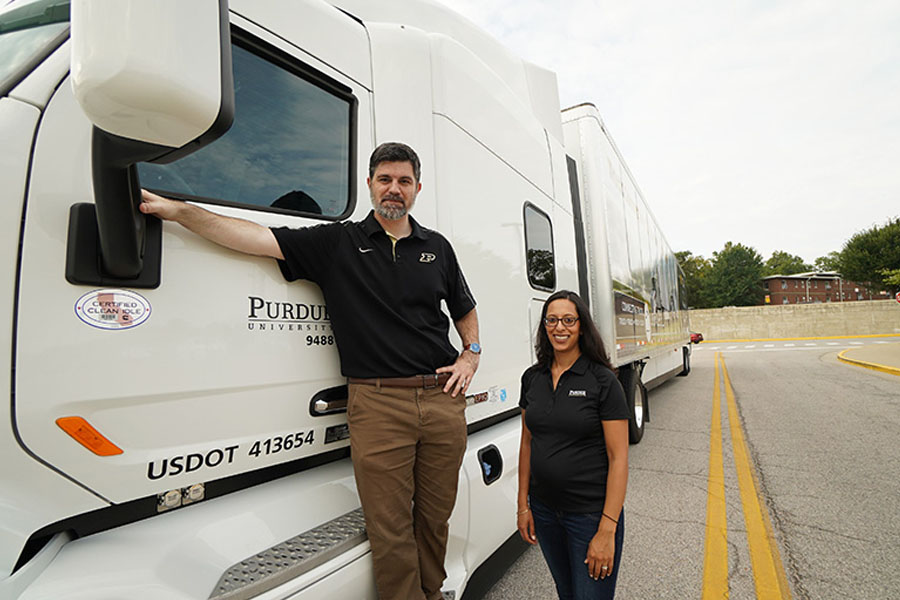
Greg Shaver has led research efforts at the Ray W. Herrick labs in a national effort to reduce carbon dioxide, nitrogen oxide and microscopic particle emissions as well as vehicle fuel consumption. He worked with Purdue industry collaborators Cummins and Eaton, building on a collaboration he started with Cummins dating back to 2006.
Shaver’s research collaboration with the U.S. Department of Energy and industry has enabled diesel engine efficiency and emissions control through variable valve actuation (VVA)). VVA allows for increased efficiency of diesel engines, also called compression ignition engines, by utilizing cylinder deactivation, and other methods, during engine idling, low-load operation and highway cruise conditions. Read the full story.
Drones, lasers help unravel the mysteries of a Mediterranean island
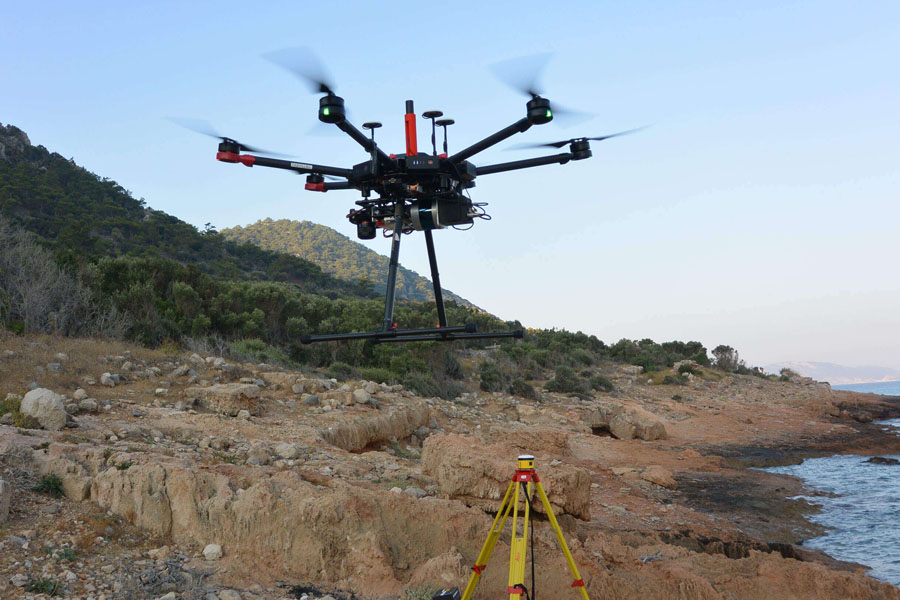
Ayman Habib received many online mentions for his trip to Dana Island, located off of the southern coast of Turkey, where he and his team used drones and LiDAR (light detection and ranging), mapping systems to better understand the island’s history.
The work was part of the College of Liberal Arts ROSETTA initiative, focused on remote sensing technologies and techniques in archaeo-anthropology. The team of engineers used the drone and system technology they created to do flyovers around the island and chart measurements from the LiDAR point clouds and aerial photographs. They combined that work with the discovery of artifacts from the liberal arts researchers to put together historical information about the use of the island, where objects related to shipbuilding and quarries have been discovered. Read the full story.
Autonomous sensor tech provides real-time feedback to businesses about refrigeration, heating

James Braun is on the research team developing a sensor to monitor the oil circulation ratio in real time for heating, ventilation, air conditioning and refrigeration systems.
Capacity control in HVAC&R systems is being used by a growing number of businesses because it increases the efficiency and reduces costs by slowing the speed and energy level when a system does not need to operate at full capacity. As more businesses use variable speed HVAC systems, the team’s technology will be needed. The sensor allows companies to check the oil circulation without disrupting the system or requiring the tedious process previously used to monitor circulation. Read the full story.
AI research offers more eyes and ears to search and rescue missions

Shaoshuai Mou and Dan DeLaurentis are leading research to use artificial intelligence and learning algorithms to create a platform allowing multiple drones to communicate and adapt as mission factors change.
Purdue received three-year funding from Northrop Grumman Corp. as part of the Real Applications of Learning Machine consortium. In this research, AI and machine learning techniques assist in many ways, such as in object recognition and human-machine communication, and improving the system performance over time. Read the full story.
ME’s Shaver leads truck platooning charge to boost fuel efficiency, safety

Purdue Engineering, Peloton Technology, Cummins and Peterbilt Motors are collaborating to extend the benefits of two-truck platooning, which uses wireless vehicle-to-vehicle (V2V) communications, active safety systems, automated braking and acceleration systems, and complex algorithms to enable pairs of semi-trucks to safely travel much closer together and to brake and accelerate in unison.
Greg Shaver, a member of the PEI in ACS, discusses the procedure in this Q&A with Peloton Technology’s Steve Boyd. Read the full story.
Medium blogs and media mentions
datanami highlights ACS and its data engineering initiative
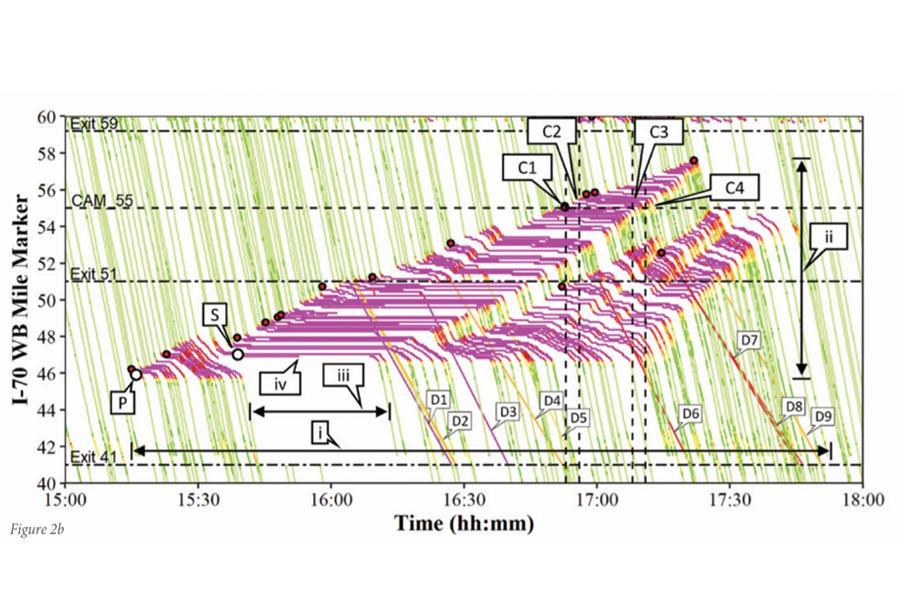
Darcy Bullock was featured in the article, “Big Data Via Connected Cars Hits the Open Road,” in which he touted the ACS PEI and its goals to use data engineering to forge collaboration between state agencies building new highway infrastructure and auto makers producing connected vehicles, and, eventually autonomous vehicles.
“What we really need to know is what’s going on out there on the interstate at any given time because those are conditions where we can make tactical decisions,” Bullock said. Read the full story.
Connecting older adults with smart tech — by design
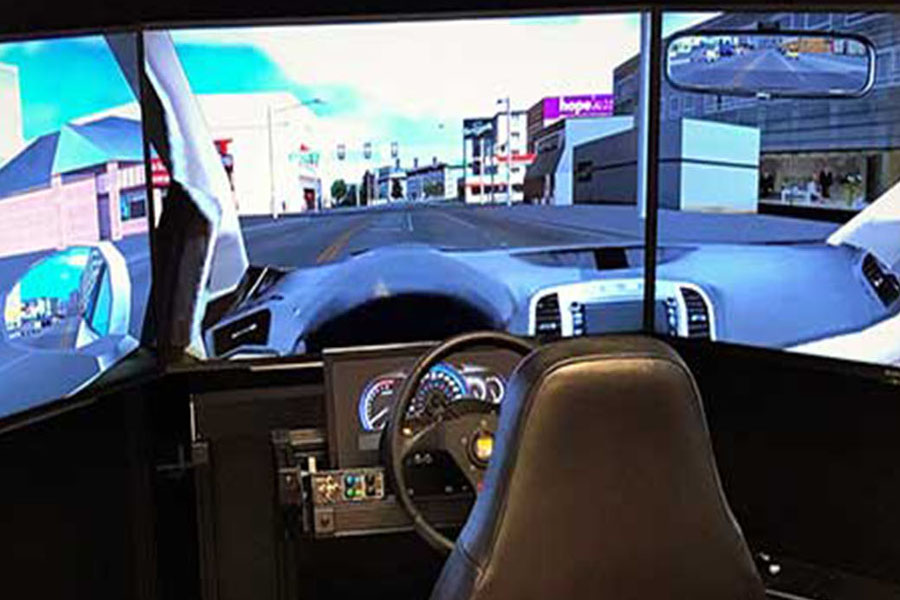
Brandon Pitts published a Medium blog post outlining the ways in which people 65 years old and older have been left out of the product design conversation, which has compromised their potential to use advances to extend their capabilities, improve safety, reduce workload, and enhance convenience.
Autonomous driving has the potential to revolutionize transportation for older adults, enabling them to maintain their independence, he wrote. He aims to develop breakthrough algorithms for measuring the influence of cognitive, physical and non-chronological age factors that can predict older adults’ task performance with technology better than their straightforward chronological age. Read the full post.
Read more on the Purdue Engineering Initiative in Autonomous and Connected Systems
